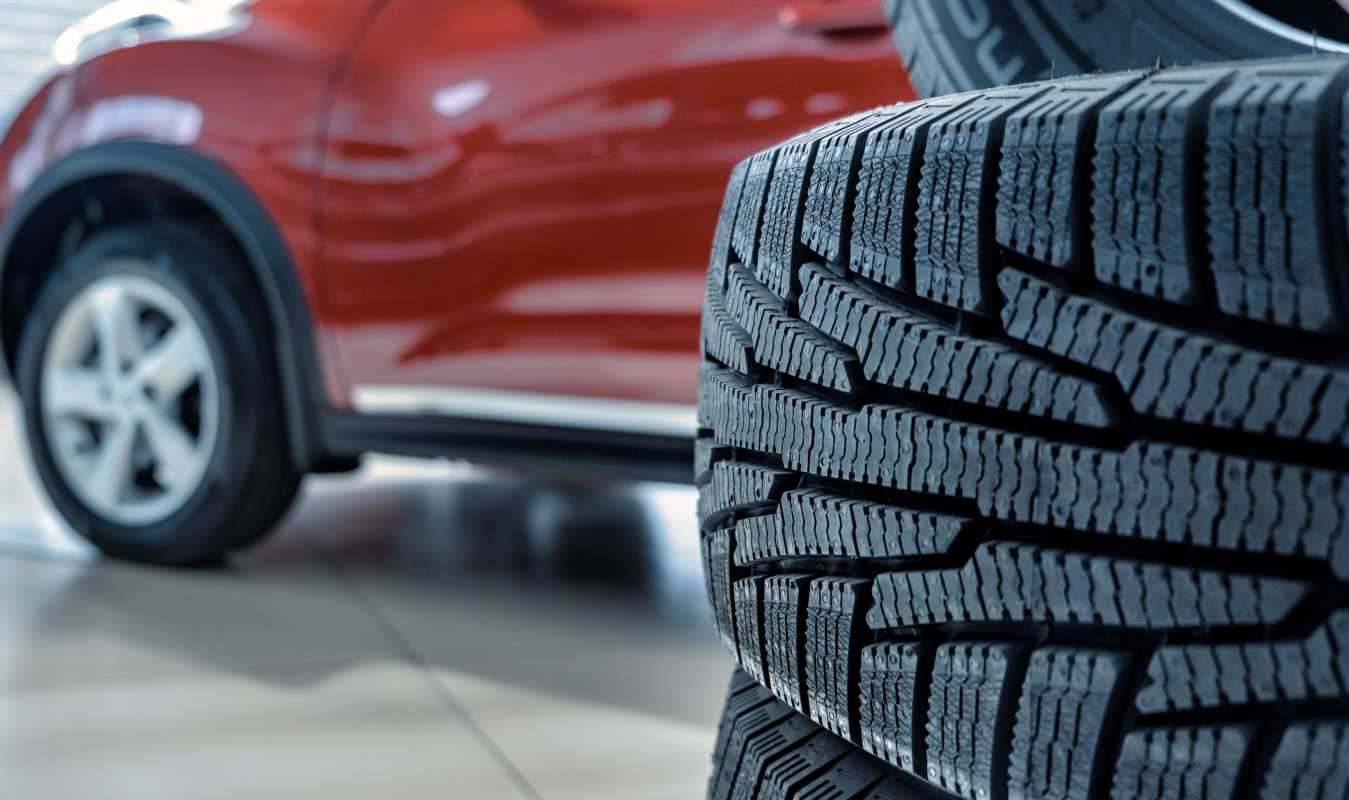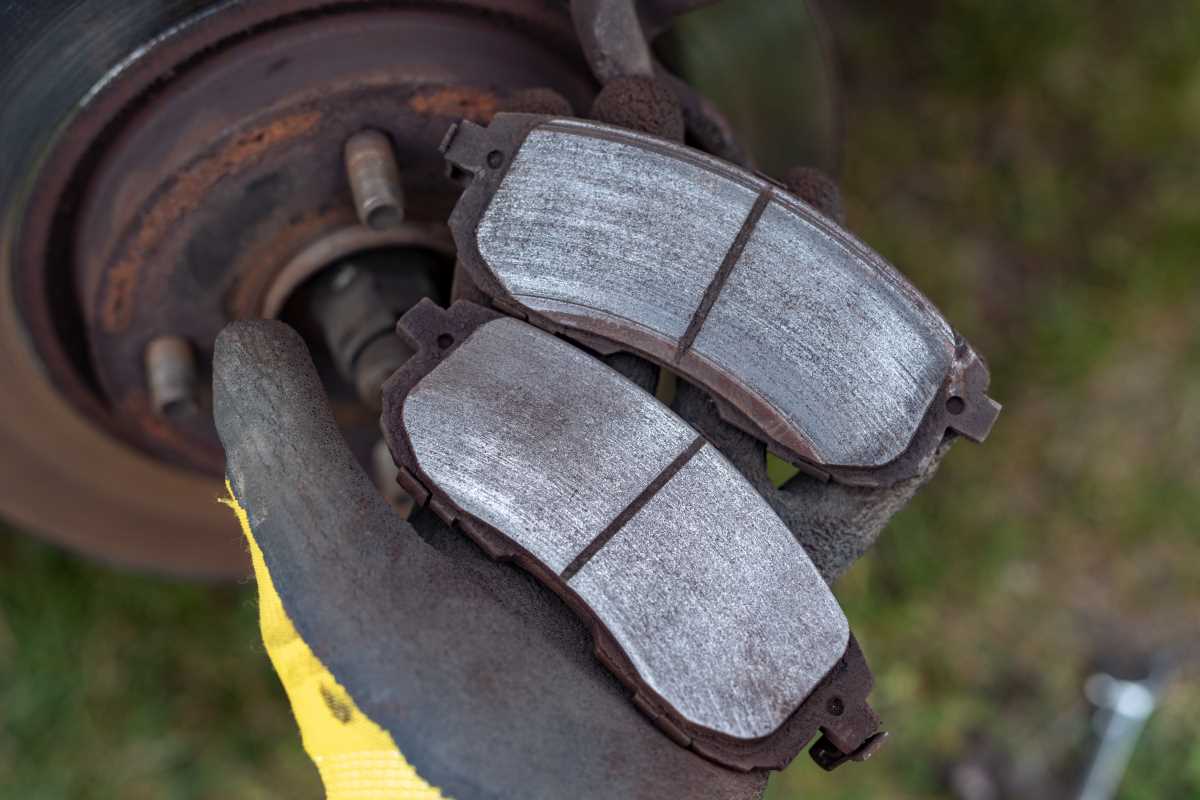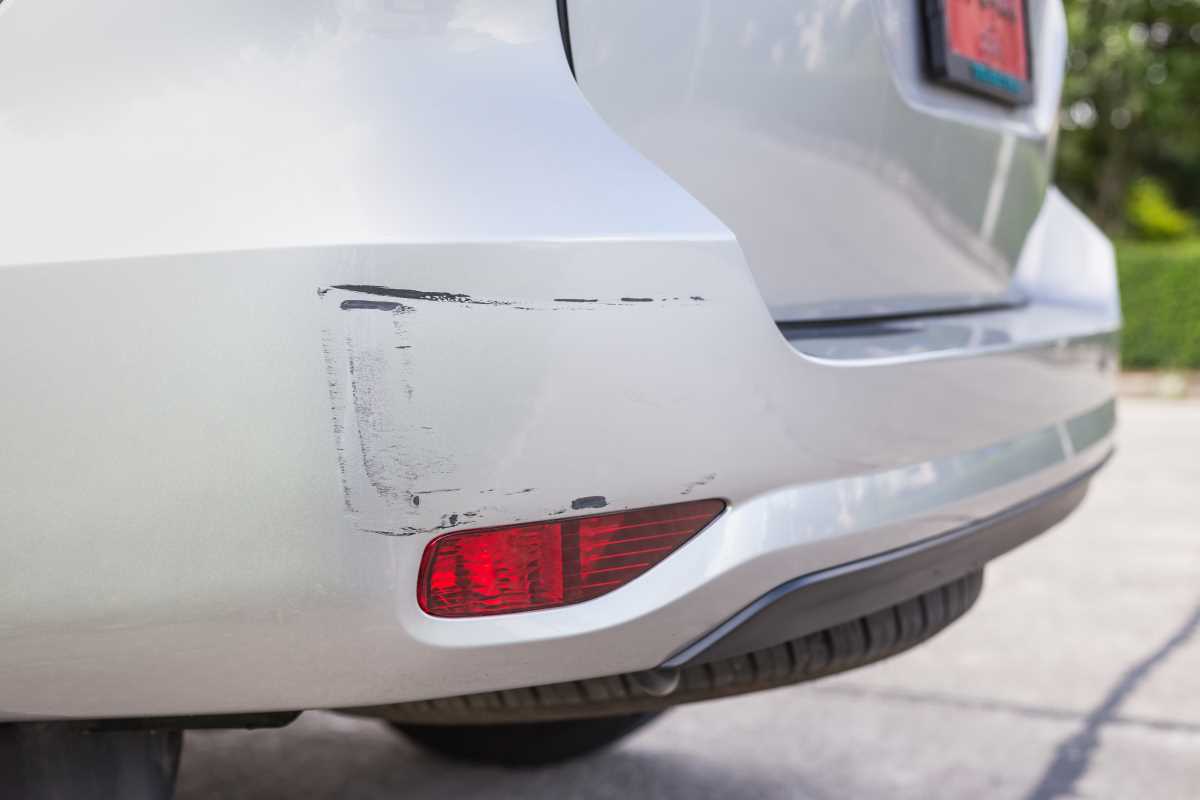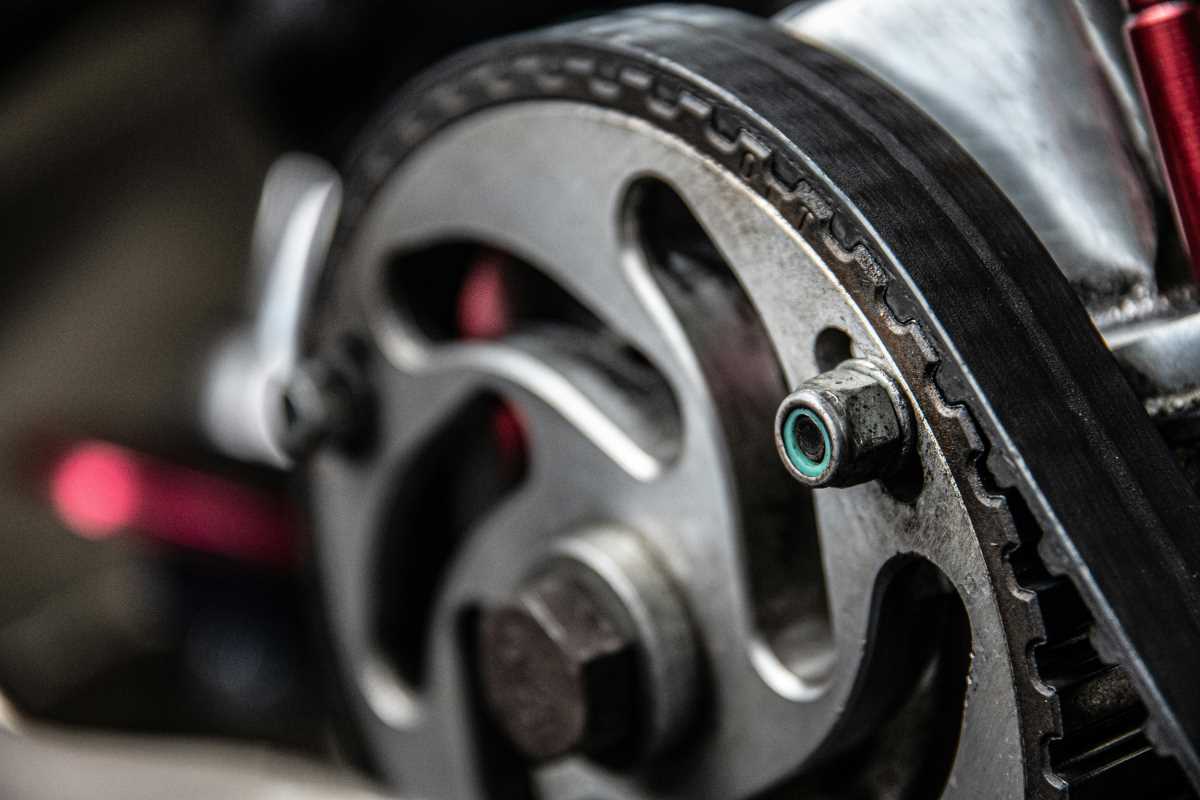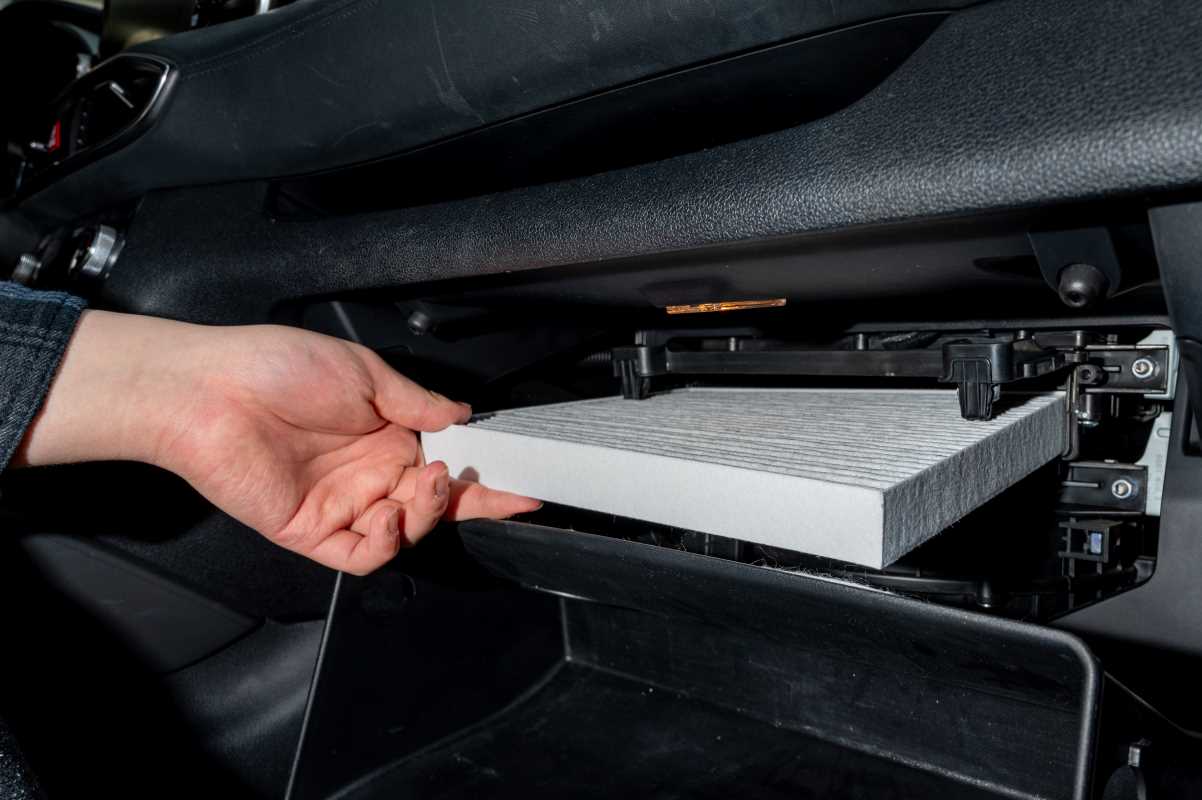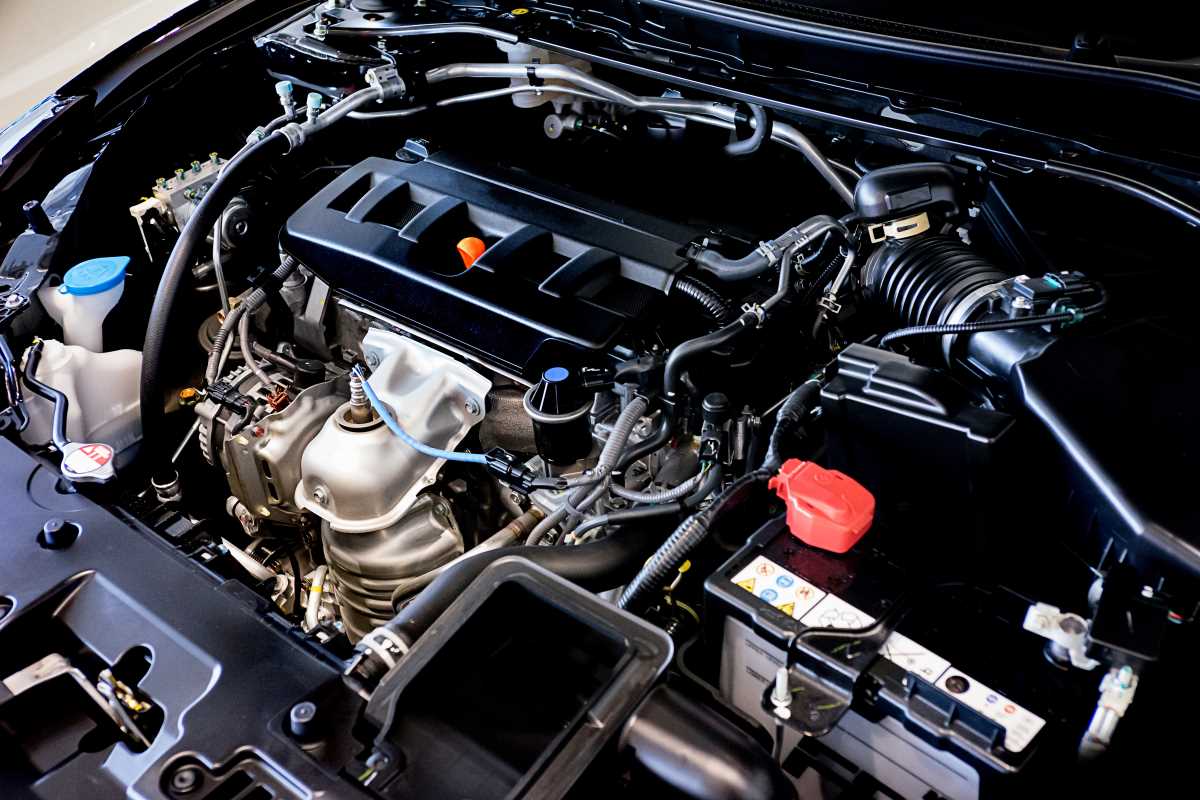Taking your car to a mechanic for every little thing can feel like a drain on both your time and your wallet. While complex jobs and safety-critical systems are best left to the professionals, there is a whole category of basic maintenance that is perfectly suited for a DIY approach. Learning to handle these simple tasks yourself is empowering. It saves you money, builds your confidence as a car owner, and helps you understand your vehicle better. You don't need a garage full of expensive tools or years of experience. For the cost of a few parts and an hour of your time on a weekend, you can tackle jobs that a shop might charge a hundred dollars or more to perform.
Replacing Your Engine and Cabin Air Filters
This is perhaps the easiest and most rewarding DIY task. Your engine needs clean air to run efficiently, and the engine air filter is what provides it. Over time, it gets clogged with dust and debris, robbing your car of power and fuel economy. Most air filter housings are held shut by a few simple clips or wingnuts. You just open the box, pull out the old, dirty filter, drop in the new one, and close it up. It’s a five-minute job that can cost as little as $15, compared to the $50 or more a shop might charge. Similarly, the cabin air filter, which cleans the air you breathe inside the car, is often located behind the glove box and can be swapped out in minutes without any tools at all.
Swapping Wiper Blades and Topping Off Fluids
Paying a mechanic to change your wiper blades is like paying someone to change a lightbulb in your house. New blades are essential for visibility in rain or snow. Most simply unclip from the wiper arm, and the new ones snap right into place. It’s a job you can do in the parking lot of the auto parts store in less time than it takes to check out. While you're under the hood, checking your fluids is another simple but crucial task. You can easily top off your windshield washer fluid. You can also visually inspect the coolant level in the clear overflow tank, making sure it’s between the "min" and "max" lines when the engine is cool.
Tire Pressure and Basic Tire Care
Proper tire pressure is vital for safety, fuel economy, and tire life. Every car owner should have a simple tire pressure gauge. Checking your tires takes about two minutes, and most gas stations have air compressors you can use to add air if needed. The correct pressure is listed on a sticker inside the driver’s door jamb, not on the tire itself. If you're comfortable and have the right safety equipment, like a proper floor jack and sturdy jack stands, rotating your tires is another manageable job. Just be sure to use a torque wrench to tighten the lug nuts to the manufacturer's specification to avoid warping your brake rotors.
Replacing Easy-to-Access Bulbs
A burned-out headlight or taillight is a safety hazard and a ticket magnet. While some modern cars make this job frustratingly complex, many vehicles still have easily accessible bulbs. Taillight bulbs are often behind a simple access panel in the trunk, requiring just a twist of the socket to remove. Many headlight bulbs are accessible from under the hood. The key is to check your owner's manual first. The biggest rule to remember is to never touch the glass of a new halogen bulb with your bare hands, as the oil from your skin can cause it to burn out prematurely.
Basic Battery Service
Over time, corrosion can build up on your battery terminals, leading to poor electrical connections and starting problems. Cleaning them is a simple task. With the engine off, you can disconnect the terminals (negative first, then positive) and clean them with a wire brush. When it's time for a new battery, replacing it can also be a straightforward DIY job. You just disconnect the old one, remove the hold-down bracket, lift it out, and install the new one in the reverse order (connect positive first, then negative). Be aware that some newer luxury cars require the new battery to be "coded" to the car's computer, which is a job for a professional.
The Classic DIY Oil Change
For many car enthusiasts, the oil change is a rite of passage. If your car has an easily accessible oil filter and drain plug, this is a very doable task that can save you significant money over the life of your car. You'll need a wrench for the drain plug, an oil filter wrench, a drain pan, and the correct oil and filter. The process involves draining the old oil, replacing the filter, and refilling with the specified amount of new oil. The most important safety step is to never work under a car supported only by a jack; always use jack stands. The biggest mistake to avoid is over-tightening the drain plug or overfilling the engine with oil.
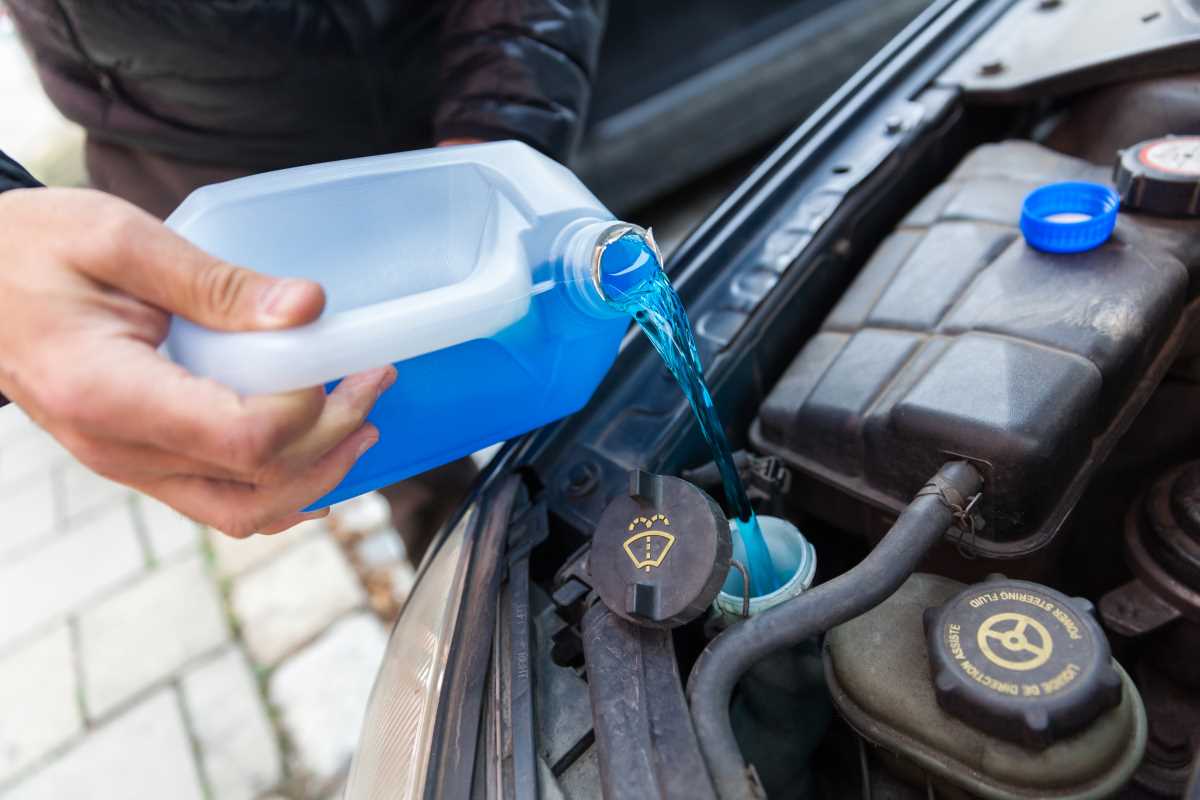 (Image via
(Image via